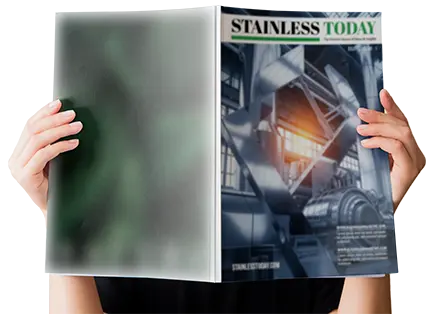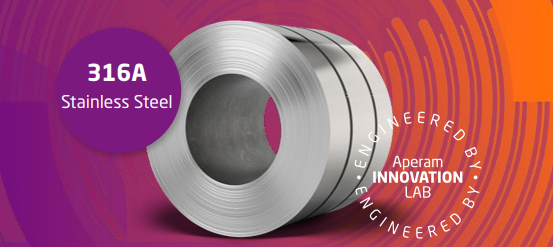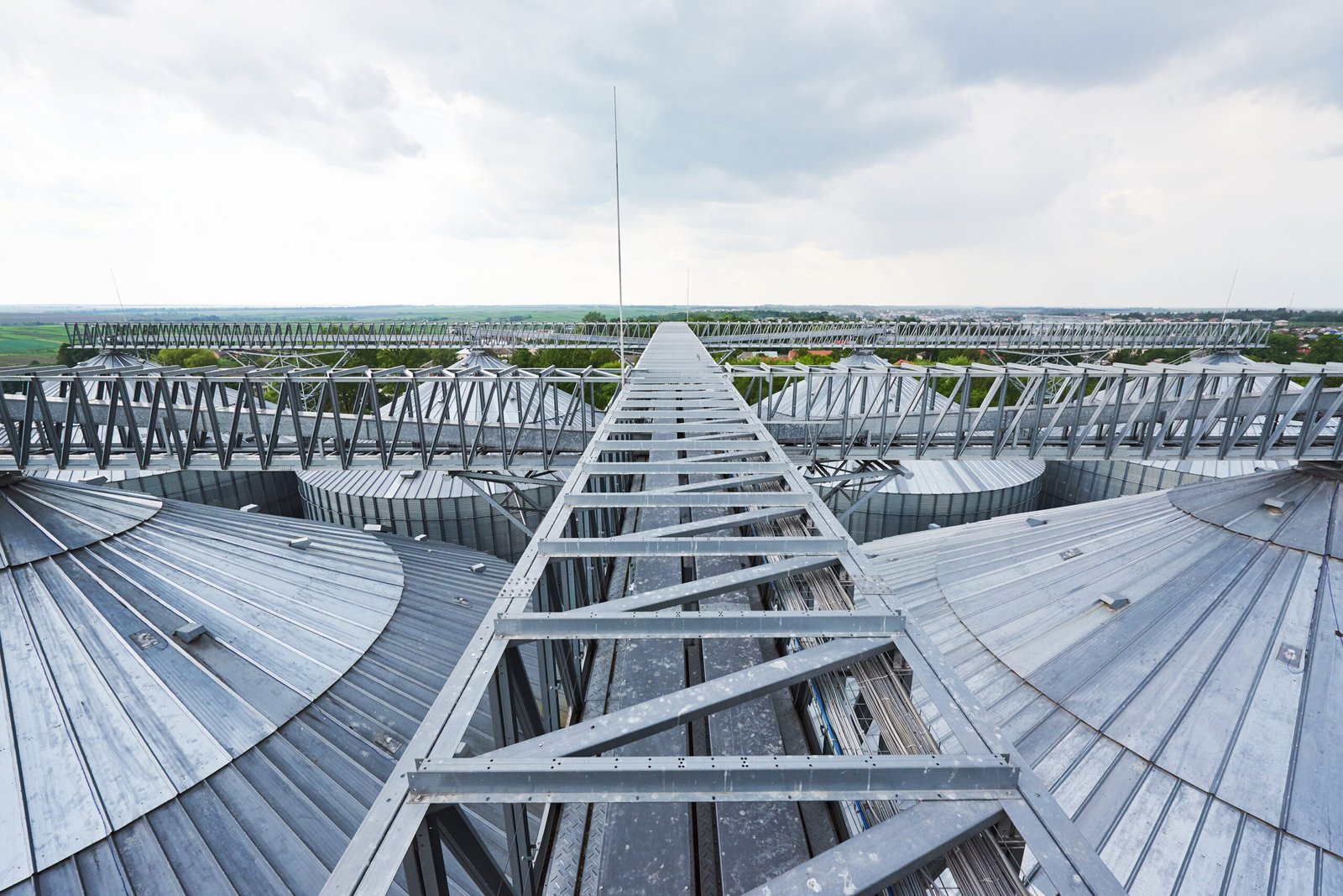Corrosion Control in Critical Industries: Choosing the Right Stainless Steel Grades
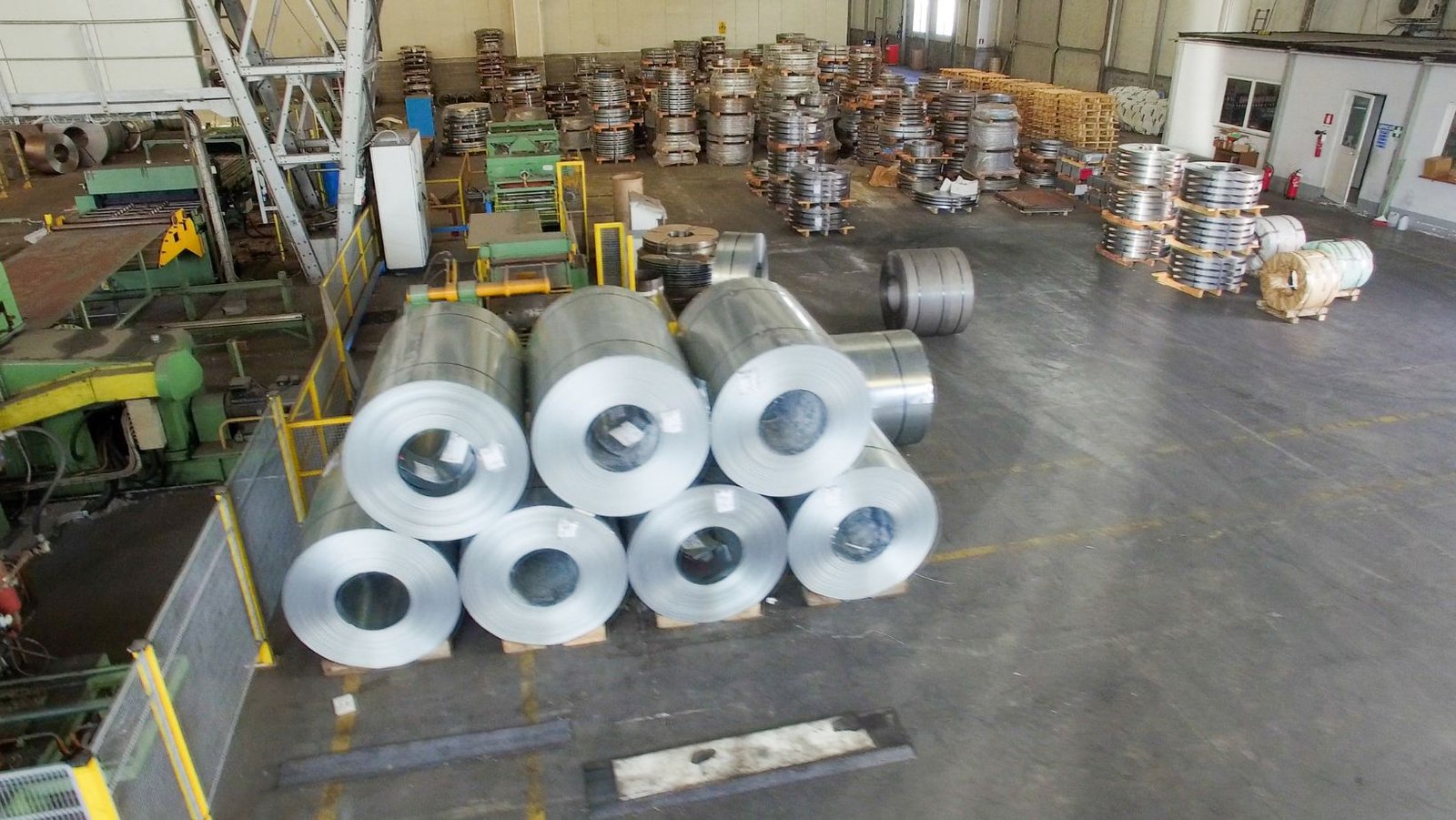
Choosing the right stainless steel grade is crucial for ensuring corrosion resistance and durability in critical industries like pharmaceuticals, construction, and marine. Grades like 316L and Duplex 2205 provide optimal performance in demanding environments, reducing maintenance costs and extending equipment life.
In sectors such as pharmaceuticals, construction, and marine applications, corrosion resistance is crucial for ensuring the longevity, reliability, and safety of materials used in critical infrastructure. Stainless steel, renowned for its ability to withstand harsh conditions, is often the material of choice in these industries. However, with a variety of stainless steel grades available, it is essential to choose the correct grade to meet specific environmental demands and operational requirements. Selecting the right stainless steel not only enhances corrosion resistance but also optimizes the performance and durability of equipment, minimizing maintenance costs and ensuring longevity.
For instance, in the pharmaceutical industry, 316L stainless steel is the preferred choice for manufacturing equipment like reactors, tanks, and piping systems. This low-carbon version of 316 stainless steel offers exceptional resistance to corrosive substances such as acids, chlorides, and other chemicals commonly used in pharmaceutical production. Its ability to resist pitting and crevice corrosion is crucial in environments where hygiene and the integrity of products are of utmost importance. The superior resistance of 316L ensures that pharmaceutical processing equipment remains durable and compliant with stringent cleanliness and sterility standards.
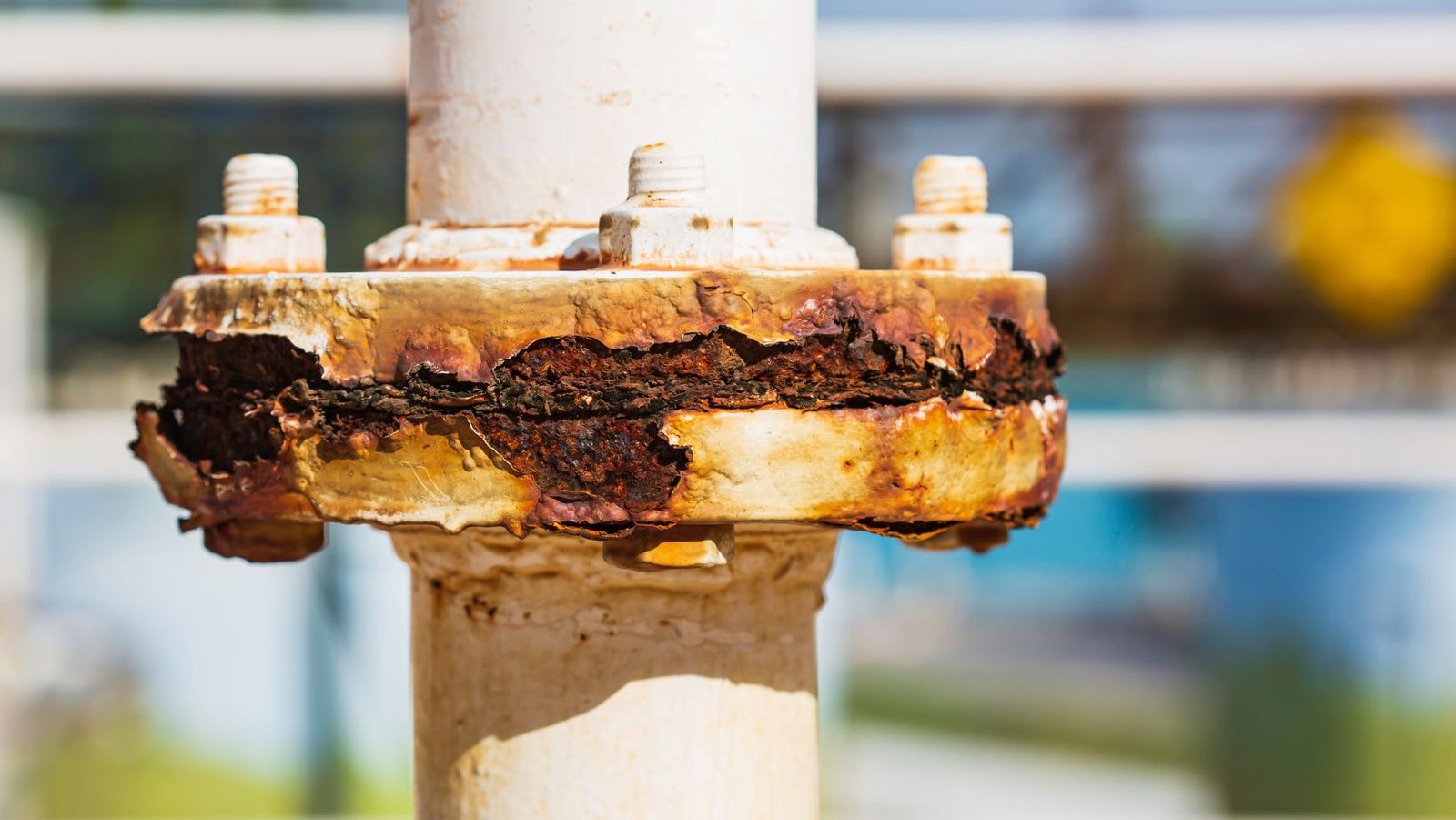
In the marine industry, stainless steel’s corrosion resistance is put to the test due to the highly corrosive nature of saltwater. Duplex 2205 stainless steel, a high-strength and corrosion-resistant material, is commonly used in offshore platforms, shipbuilding, and marine infrastructure. Duplex 2205 offers excellent resistance to chloride stress corrosion cracking, pitting, and crevice corrosion, which are common challenges in saltwater environments. Its strength and corrosion resistance ensure the safety and longevity of marine equipment, reducing the risk of costly repairs and downtime in harsh, offshore conditions.
In addition to the pharmaceutical and marine industries, the construction sector also benefits from the corrosion-resistant properties of stainless steel. For example, 304 stainless steel is widely used in architectural applications such as building facades, railings, and exterior features. Its ability to resist corrosion from moisture, pollution, and environmental exposure makes it ideal for urban buildings and other structures in high-humidity areas. Stainless steel’s aesthetic appeal and low maintenance requirements make it a popular choice for modern construction projects, ensuring that buildings maintain their visual appeal while offering long-term durability.
Choosing the right stainless steel grade is a fundamental aspect of corrosion control in these critical industries. Understanding the unique challenges faced by each sector, such as exposure to harsh chemicals, saltwater, or environmental pollutants, allows for the selection of the most suitable materials. With advancements in stainless steel technology, industries can ensure that their equipment and infrastructure remain functional, safe, and cost-effective, even in the most demanding environments. By selecting the right stainless steel grade, industries can optimize performance, reduce repair costs, and extend the lifespan of their assets, contributing to sustainable and reliable operations.

